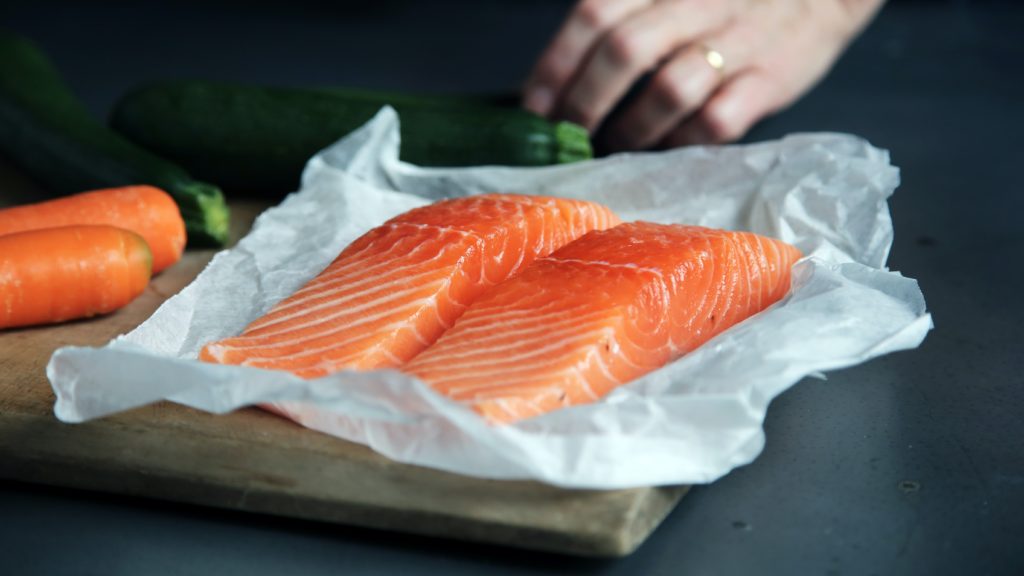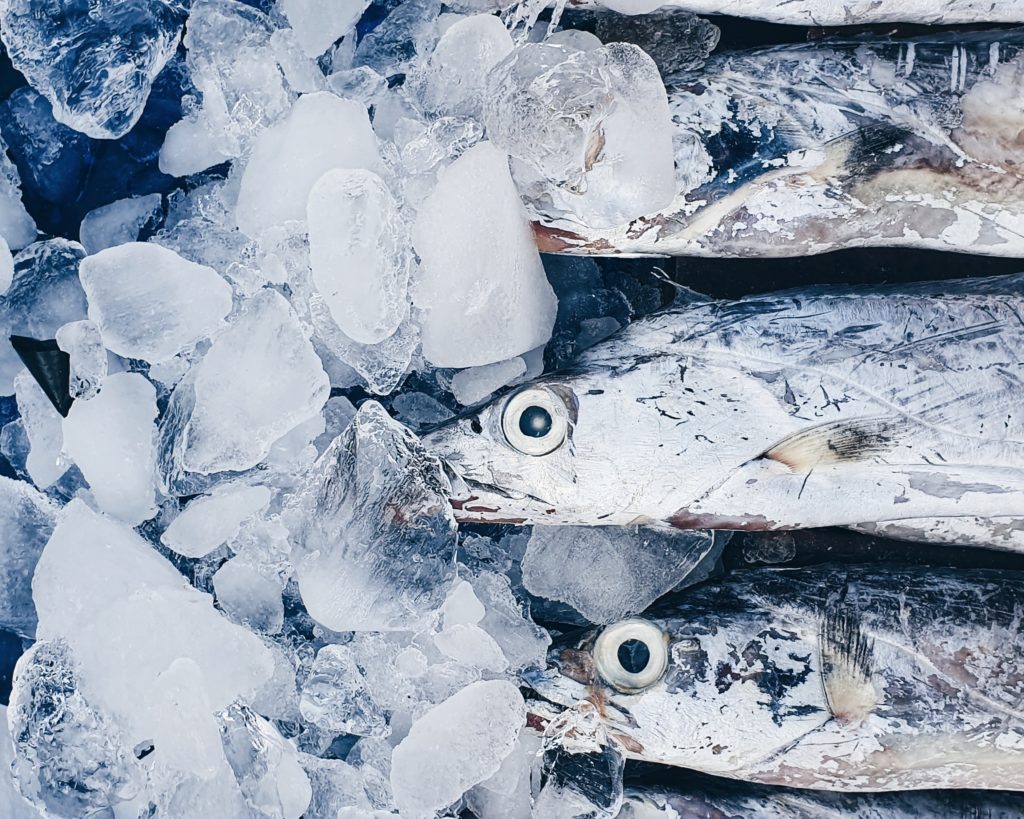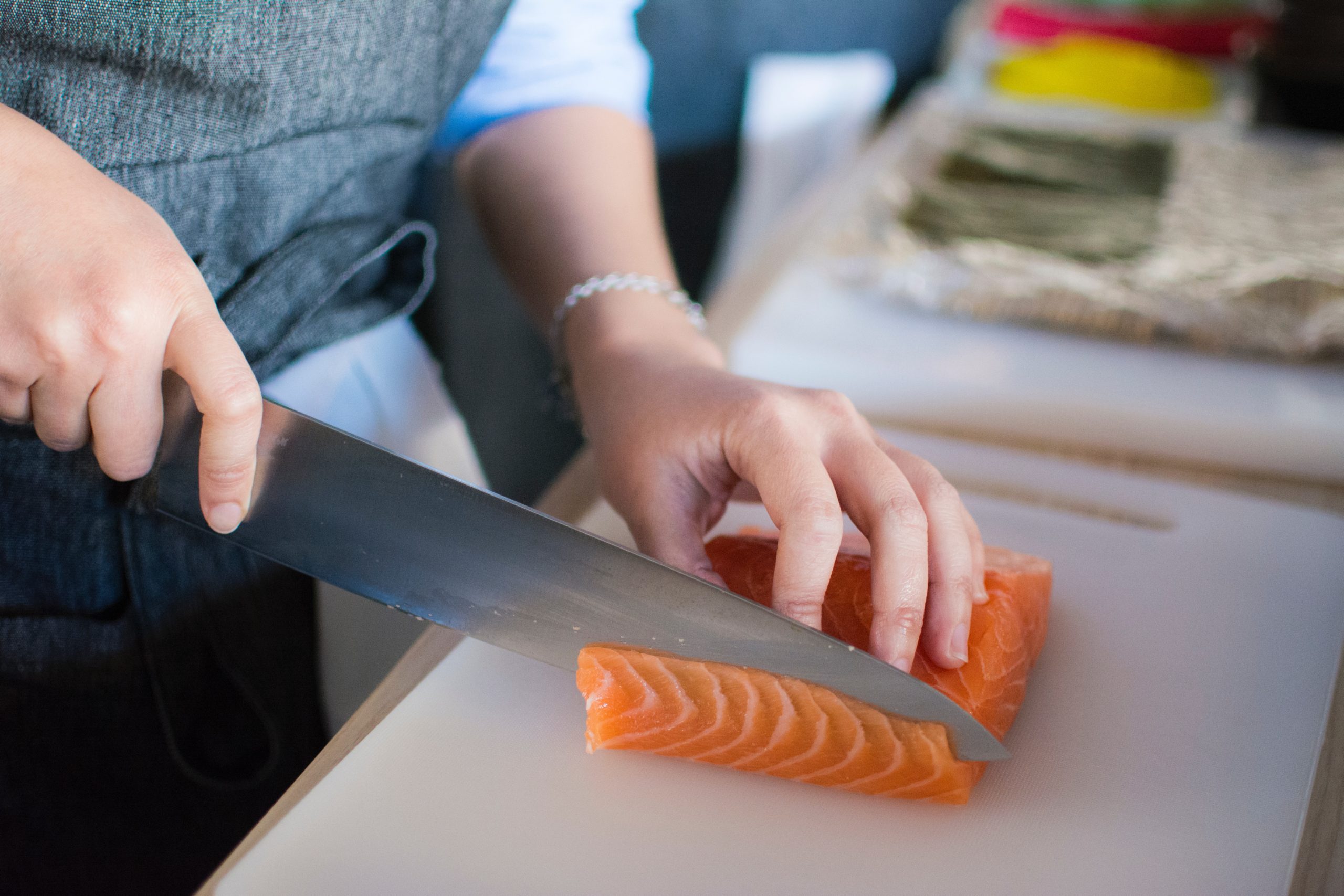Umami Meats Patents Novel Single-Cell Tech to Bring Down Cultivated Seafood Costs
3 Mins Read
Singapore-based Umami Meats has filed a patent for a novel single-stem cell technology that it says can build both muscle and fat in cultivated seafood.
The new patent for mesenchymal stem cell (MSC) lines from fish is aimed at helping Umami meats make its cultivated seafood more accessible by lowering costs and scaling production. Current standards for cultivated meat and seafood require multiple cell lines and types to produce muscle and fat. Umami says its new MSC technology reduces that to one cell line and one production line for a variety of tissues. The company has also created plant-based and algae-based growth media that it says are cheaper and easier to scale. The cost of growth factors has historically been a roadblock to price parity with conventional meat.
‘Faster and more efficient cell growth’
“So far, we have established MSC lines from three species, including our flagship species, Japanese eel. This innovative approach to cell lines builds the foundation for faster and more efficient cell growth. Our technology advances are a critical driver of lowering costs, increasing scalability, and making cultivated seafood affordable for mainstream consumers,” Mihir Pershad, Founder and CEO of Umami Meats, said in a statement.
According to the organization WorldFish, global seafood demand is expected to double by 2050 despite the pressures already being felt by the world’s oceans and fisheries. Umami Meats says its cultivated fish and seafood play a critical role in addressing rising global demand.

“What makes Umami Meats different in the cultivated food industry is our method for cultivating premium seafood with the vision of reducing overfishing of endangered and difficult-to-farm species,” Pershad said. “Our single-stem cell method will be a game changer in enabling us to reduce the price of cultivated premium seafood to match that of traditionally-sourced fish.”
Umami Meats says cultivated seafood can also address contamination risks widespread in wild-caught and farm-raised fish. “Advancements in cultivated seafood technologies could help address health risks like mercury and microplastic contamination in seafood or the growing risk of extinction for dozens of the most consumed seafood species,” the company said.
Alternative seafood demand
A recent survey by Good Food Institute APAC found a growing number of Asian consumers are shifting away from conventional seafood in favor of alternatives because of contaminants including heavy metals and microplastic. Plant-based seafood options are already making waves in the category, and while cultivated meat offers a solution, the category has yet to receive widespread regulatory approval outside of Singapore. By 2030, cultivated meat and seafood have the potential of becoming a $25 billion market, a recent McKinsey report noted.
Cultivated seafood also addresses the increasing depletion of key species. Some species of eel and tuna, for example, are facing the threat of extinction if current fishing practices and ocean threats continue.

“We know it will take multiple scientific and production process breakthroughs to make cultivated seafood affordable. But we are committed for the long term because we want premium cultivated seafood to be an everyday option for consumers,” Pershad said.
‘’The team is working diligently to shift the cost paradigm and will be increasingly leveraging advanced machine learning tools to accelerate the process of optimizing and scaling up production,’’ Pershad said. “The promise of cultivated seafood is compelling; our priority is bringing the tremendous potential of our scientific breakthroughs to commercial viability. We want to realize that promise and bring it to sufficient scale to create real impact for the world.”
The announcement comes just days after California-based BlueNalu announced it developed technology to help it achieve scalability and reduce production costs by 75 percent for its cultivated seafood.
Lead image courtesy of Pexels.



